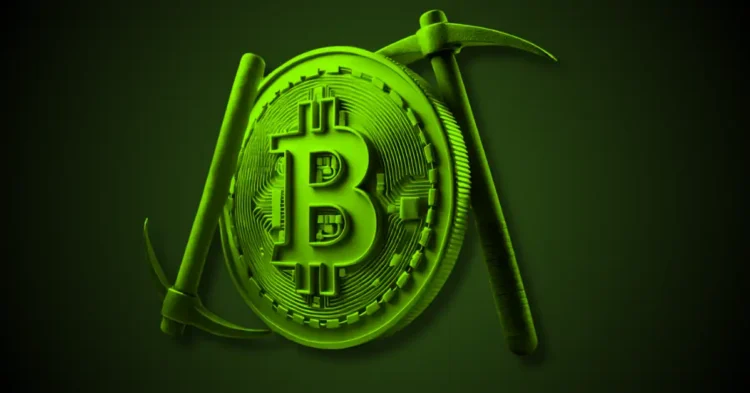Dominance in Bitcoin Reserves: An Overview
Recent data from HODL15Capital highlights the significant holdings of major public Bitcoin mining companies. Marathon Digital Holdings (MARA) leads the pack with an impressive 27,562 BTC in reserves. Riot Platforms follows in second place, holding 10,928 BTC, while Hut 8 secures the third spot with 9,110 BTC. The list is further rounded off by CleanSpark with 8,701 BTC, HIVE Digital with 2,624 BTC, Cipher Mining holding 1,428 BTC, and Bitfarms with 1,188 BTC. As of November 15, the BTC holdings from these prominent players underscore the competitive nature of the market.
Mining Expansion Meets Diversification
In the ever-evolving world of Bitcoin mining, companies face the dual challenge of maintaining operational efficiency while exploring new growth opportunities. Marathon Digital Holdings, which holds the largest BTC reserves, is expanding into sectors like artificial intelligence and high-performance computing. Earlier reports indicate that Mara Holdings increased its BTC holdings by 8,280 in Q3, reaching a total of 26,747 BTC. This growth was achieved through the mining of 2,070 BTC and the purchase of 6,210 BTC at an average price of $59,500, funded by a $300 million convertible senior notes offering. While diversification could fuel future growth, it raises questions about the potential impact on its core Bitcoin mining operations.
Conversely, Riot Platforms remains committed to enhancing operational efficiency, staying closely aligned with its mining roots. Hut 8 and HIVE Digital have also demonstrated noteworthy performance metrics. Hut 8 managed to mine 234 BTC, leading to a 101% surge in income last quarter. Meanwhile, HIVE Digital mined 340 BTC in the same period, showcasing robust operational capabilities.
Miner Trouble?
For newcomers to the field, it’s important to understand the concept of mining difficulty, which measures the challenge of discovering new blocks on the Bitcoin blockchain. Adjustments occur roughly every two weeks, ensuring blocks are found approximately every 10 minutes. This year, nearly 60% of the 23 adjustments have resulted in increased difficulty, highlighting the growing competitiveness of the industry. Bitcoin’s mining difficulty has reached unprecedented levels, making operations more challenging and energy-intensive. This trend forces miners to optimize processes to sustain profitability in an increasingly competitive environment.
Adding to the complexity, Bitcoin’s market dynamics often display cyclical behavior. The MVRV indicator suggests that Bitcoin’s current value exceeds its 365-day and four-year averages, signaling potential market volatility ahead.
BTC Current Scenario
At present, Bitcoin’s price action reflects a state of indecision, characterized by a three-wave move that lacks a clear bullish or bearish trend. The market seems to be in a corrective phase in the short term, remaining within a range. Should Bitcoin break above recent highs, it may trigger a rally towards $95,000 or even $97,000. Conversely, if it dips below key support levels, a more profound correction could occur.











